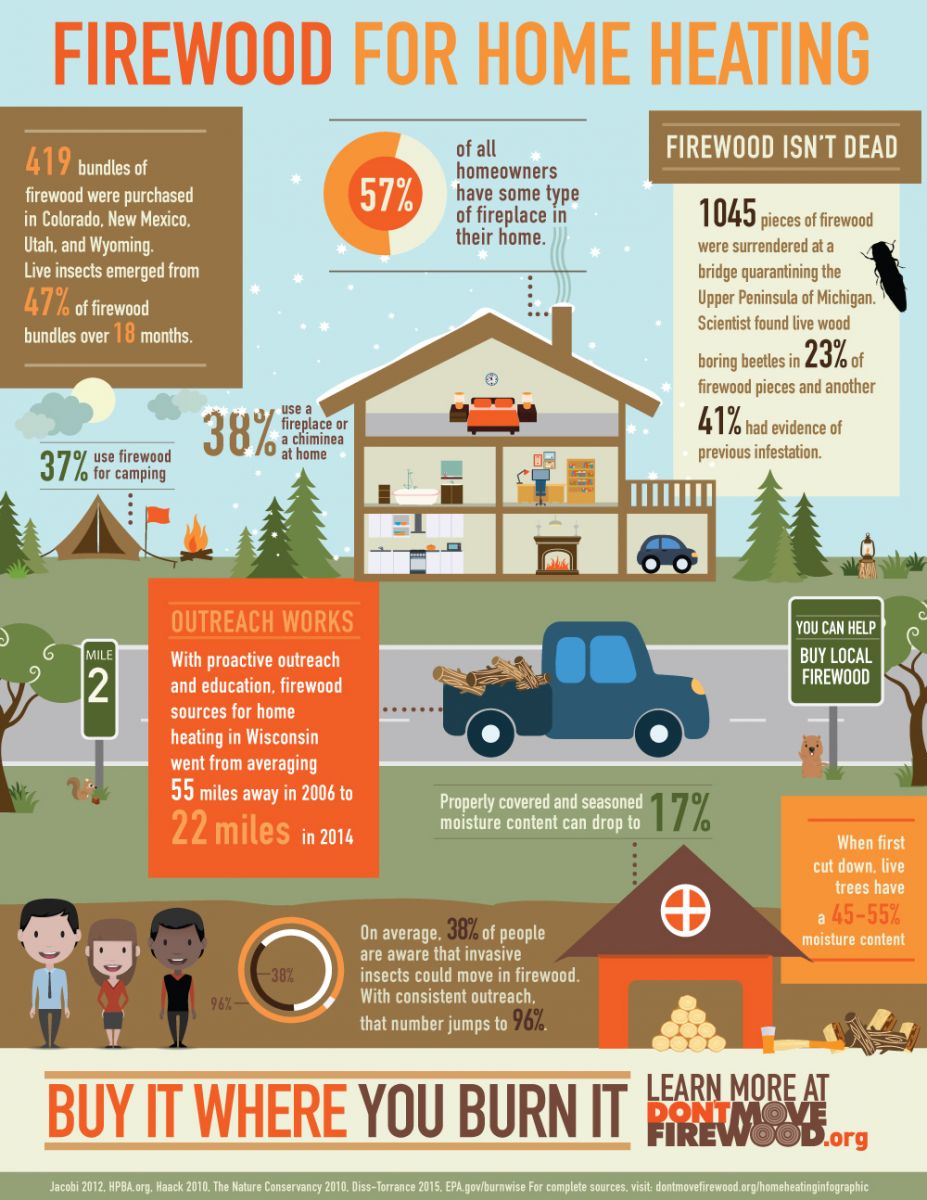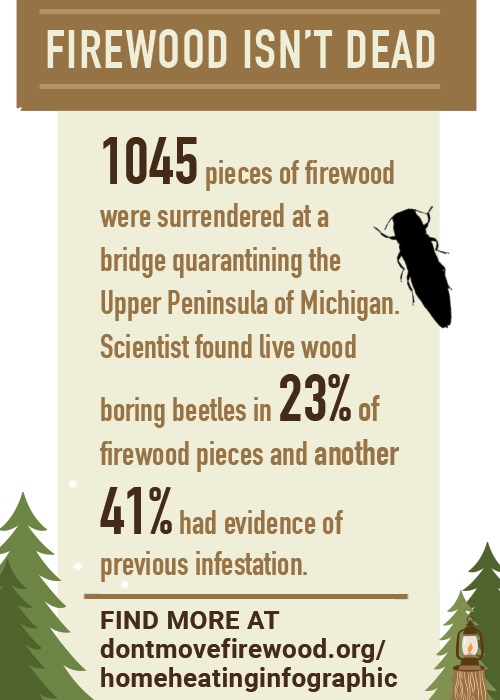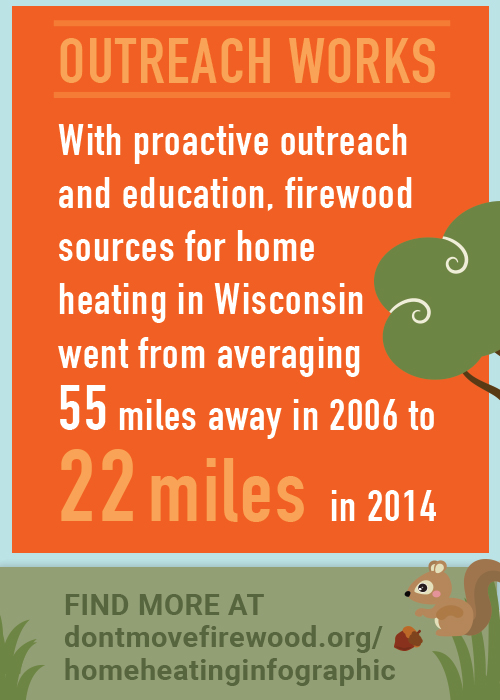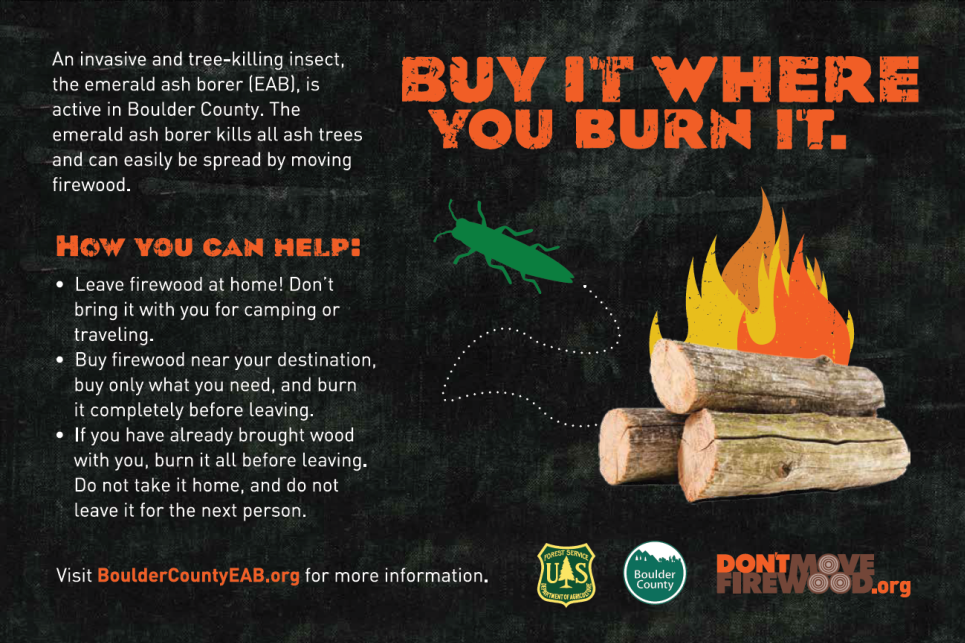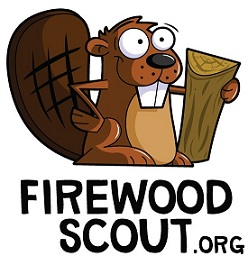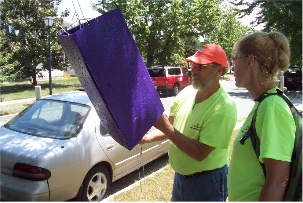Dear Don't Move Firewood,
I have a neighbor cutting up trees that he brings from another location in his driveway, that he then sells as firewood. We are in the middle of town, so not only is there a lot of noise, but I am worried he's bringing emerald ash borers or other bugs into our area. Is there anything I can do to find out if there are any issues with this? (question lightly edited for clarity)
Yours, Concerned Resident
Dear Concerned Resident,
That sounds like an annoying, and possibly illegal, activity for a residential neighborhood. Let's address the question of "emerald ash borers or other bugs" first. Without knowing where you live, I suggest you go to our Don't Move Firewood State Summary Map (dontmovefirewood.org/map), select your state, and figure out what pests might be quarantined or otherwise regulated in your state. All the state summaries have a collection of pertinent infestation or quarantine maps at the bottom. Keep in mind that an area under quarantine often (although not always) allows for movement within the quarantine boundary. However, it is also possible that your state's regulations, town's urban forestry department, tree manager, or city parks department has stricter rules- so you'll want to call them to ask.
The separate question of noise and possibly illegal use of a residential property for this activity isn't trivial. I'm not an expert on this one, but you might be able to call your town or city's zoning department to figure out if they are doing something against the law. Best of luck!
Yours, Don't Move Firewood team
For more information:
- Don't Move Firewood State Summary Map
- Emerald Ash Borer Federal Quarantine and Authorized Transit map




